Kidney Stone Treatment: Extracorporeal Shock Wave Lithotripsy
Today, kidney stones are one of the most painful and debilitating conditions that affect millions of people all over the globe. These hard deposits usually form in the kidneys whenever certain minerals in urine become too concentrated. Once these stones grow to a significant size, it is necessary for them to be removed surgically, and ESWL treatment will help in removing them.
Extracorporeal shockwave lithotripsy (ESWL) is a revolutionary, non-invasive procedure used in kidney stone treatment. The technique makes use of vibrating sound waves of high frequency that break down stones into smaller particles, which can then be easily removed via urine. This blog delivers various aspects related to the ESWL procedure, including the recovery process and anticipated information.
What is Extracorporeal Shock Wave Lithotripsy?
Extracorporeal shock wave lithotripsy (ESWL) is a process for breaking stones in the urinary tract, bile ducts, or pancreatic duct with shock waves from a lithotripter. The Greek word “litho” means stone, and “tripsy” means crushed. Kidney stones are fragmented into smaller pieces by outside-body shock waves, which are produced by this ESWL procedure. This technique, which consists of an X-ray and shock waves, aims to facilitate the removal or passage of stones from the body. In the case of kidney and ureter stones, fragments come out through urine.
In general, kidney stones are hard substances that look like stones and are formed due to higher concentrations of some substances, such as calcium, oxalate, or struvite, in urine. These stones originate from the kidney but could also move to the ureters, which transport urine to the bladder. In many cases, kidney stones will go naturally on their own through the urinary tract without undergoing any form of treatment; however, in some instances, they grow to an extent where they get stuck or become too large, causing severe pain and requiring treatment or surgical intervention.
What are the Types of Lithotripsy?
Lithotripsy is a procedure that uses shock waves or lasers to break down stones in the kidney, gallbladder, or ureters. It falls primarily into two major types:
Extracorporeal Shock Wave Lithotripsy (ESWL)
- Most commonly, this is a procedure where shock waves are generated outside the body and directed at the stone.
- Causes the fragmentation of the stone into small particles able to pass through the urinary tract.
Laser lithotripsy
- Also referred to as percutaneous nephrolithotomy (PCNL) or ureteroscopy, in which a thin tube (scope) is inserted to reach the stone.
- A laser is used to break down the stone into small fragments.
Apart from the above types, some of the less frequently used methods include:
- Ultrasonic lithotripsy: This procedure utilizes high-frequency sound waves to break stones.
- Electrohydraulic lithotripsy (EHL): This procedure uses electrical shock waves to break stones.
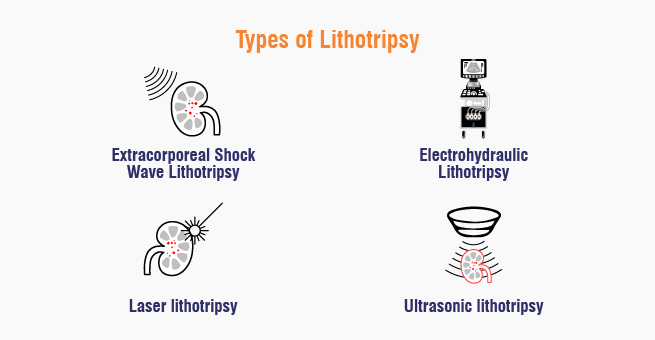
Extracorporeal Shock Wave Lithotripsy for Kidney Stones
Definitely, among the available options available to patients, most prefer ESWL simply because it is a more convenient, non-invasive, safer, and outpatient procedure. In the selection process between ESWL and other possible treatment strategies like ureteroscopy, a number of factors need to be considered, including the size of the stone, its burden, and its composition, among others. Furthermore, how well the patient understands his or her wishes will also have a huge impact on what kind of treatment choice will be appropriate for him or her.
As an initial approach for nonstaghorn renal and ureteral calculi less than 2 cm in dimension, ESWL is deemed to function adequately. Nevertheless, if a kidney stone exceeds 2 cm in the question mark, then the success rate of this technique gets reduced significantly. Notably, when general anesthesia cannot be given, the larger stones are within the limit of ESWL because it can be performed under intravenous sedation or local anesthesia. With this flexibility in anesthesia options, it is even possible for more people who have large stones to access ESWL as one way of treating their problem.
Pain-Free Kidney Stone Removal With ESWL! Contact us for expert care and relief today!
What are the Factors Affecting Electrocorporeal Shock Wave Lithotripsy?
When it comes to usage on different individuals, the efficacy of ESWL may vary greatly. Several factors affect how successful the procedure will be:
1) The composition of the stone: Stones containing cystine or certain types of calcium do not easily break apart with shock wave treatment.
2) Positioning of the stone: Very narrow ducts that contain stones may have difficulties passing or being removed even after being fragmented.
3) Size of the stones: Large stones could lead to large fragments that are hard to expel or extract from a patient’s body.
4) Preexisting conditions: Chronic infections, bleeding problems, and other preexisting conditions make ESWL less effective.
Moreover, there are some advanced ESWL methods that make lithotripsy safer and more effective, such as shock wave power adjustment and the intervals between them.
ESWL Procedure and Recovery
ESWL procedure
- According to healthcare providers, it is recommended to prepare for ESWL by conducting either blood or urine tests to check for kidney function and urinary tract infections (UTIs), as well as reviewing the patient’s medications with the provider; all medications should be taken unless there is any contrary direction before going for the operation.
- During ESWL, a person lies on a cushioned table or a pillow filled with water while X-rays or ultrasounds are used to precisely locate the kidney stones. Then, a shock wave lithotripsy machine uses forceful energy waves through water to break down kidney stones into smaller parts.
- ESWL is an outpatient method that may take around one hour, depending on the patient’s health status and the size of the kidney stones, but requires several hours of hospitalization after that.
Recovery after lithotripsy
Extracorporeal shock wave lithotripsy (ESWL) is a type of non-invasive procedure that generally leads to rapid recovery and several days of normal activity. Some side effects may persist until stone fragments are somewhat excreted from the body. It is common for ESWL patients to feel discomfort like a dull ache or soreness in the kidney or flank areas, which worsens at night and decreases with time.
After a lithotripsy procedure, one may pass kidney stone fragments in the urine for several days to weeks. These fragments may resemble sand, gravel, or dust. One may experience discomfort as the stones pass, and the doctor may prescribe medications to help move the stone out and manage pain.
Conclusion
Extracorporeal Shock Wave Lithotripsy (ESWL) is a minimally invasive treatment for kidney stones, using shock waves to break down stones into smaller fragments. With a high success rate and minimal recovery time, ESWL is a popular choice for kidney stone treatment. Yashoda Hospitals in Hyderabad offers this ESWL treatment, backed by a team of the best urology experts, world-class facilities, and advanced technologies.
References:
- https://www.ncbi.nlm.nih.gov/books/NBK560887/
- https://www.hopkinsmedicine.org/health/conditions-and-diseases/kidney-stones/extracorporeal-shock-wave-lithotripsy-eswl/
- https://www.kidney.org/kidney-topics/kidney-stone-treatment-shock-wave-lithotripsy
- https://my.clevelandclinic.org/health/procedures/extracorporeal-shock-wave-lithotripsy-eswl
About Author –
Dr. Sashi Kiran A, Consultant Nephrologist, Yashoda Hospitals – Hyderabad
MD (Pediatrics), DM (Nephrology)






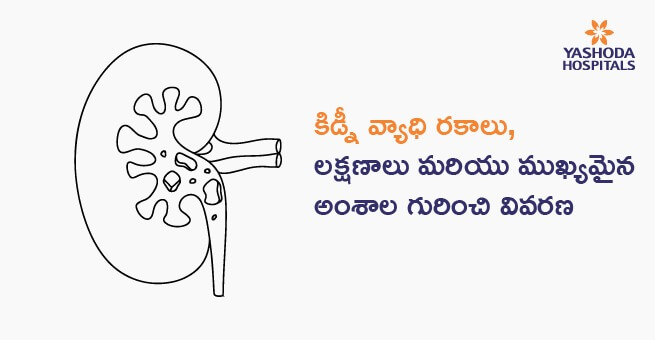
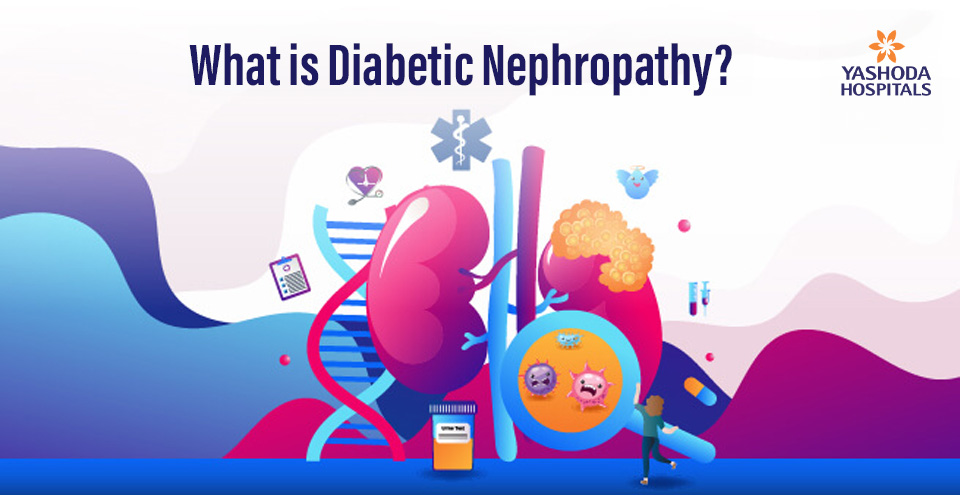
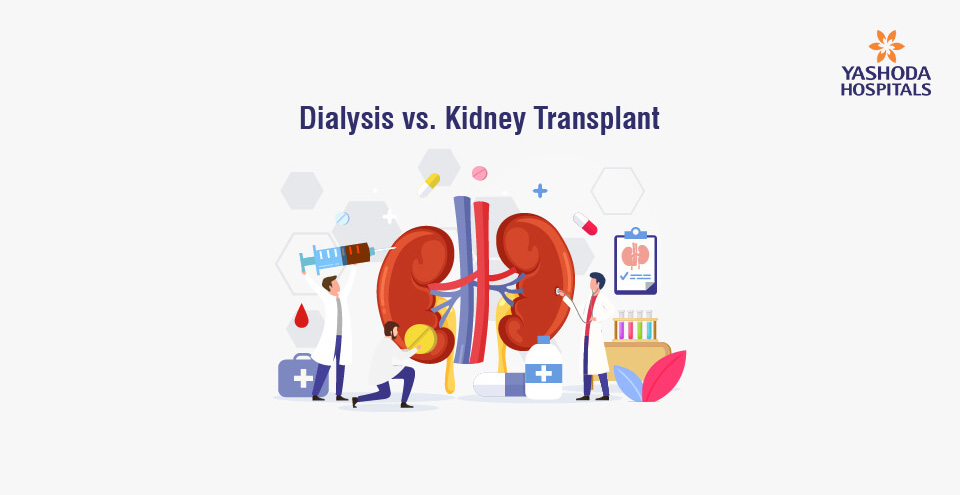

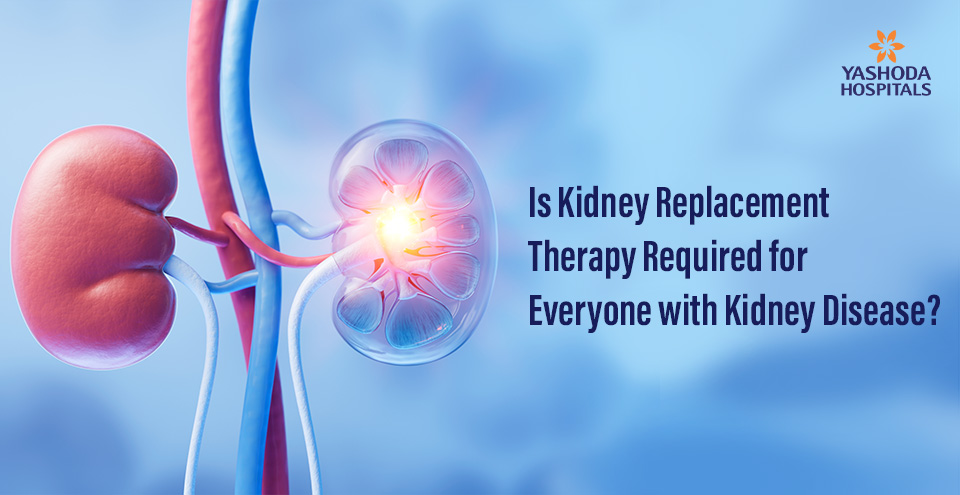

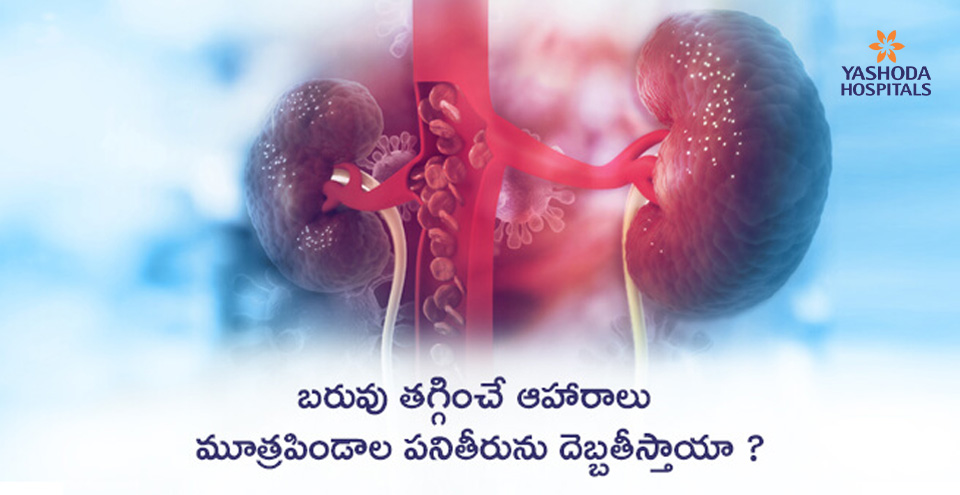

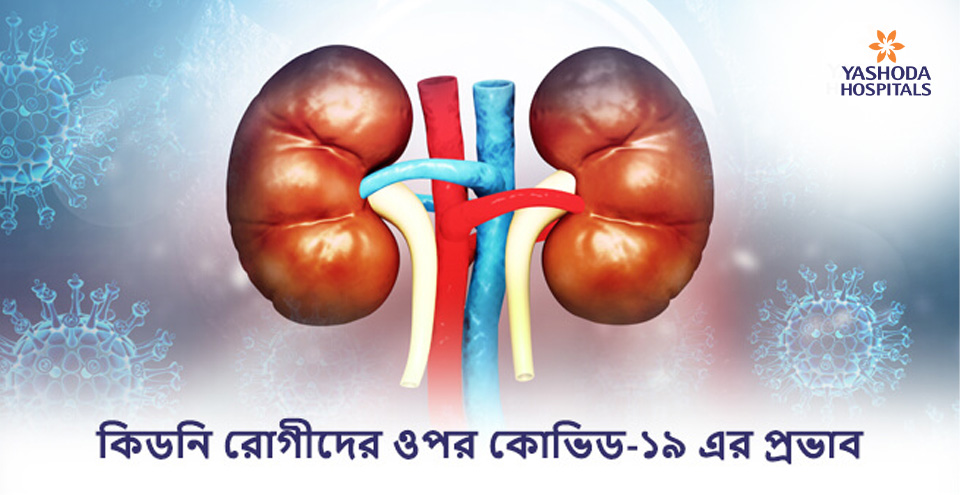

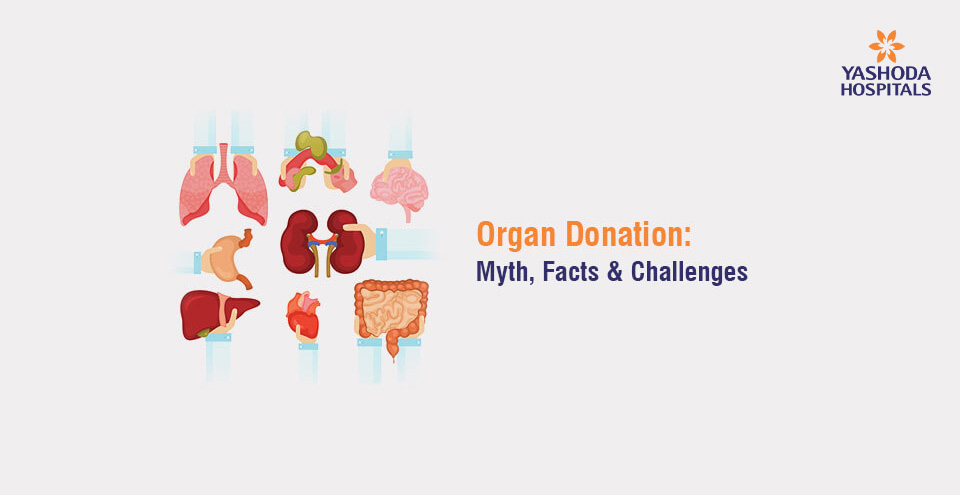





 Appointment
Appointment WhatsApp
WhatsApp Call
Call More
More

